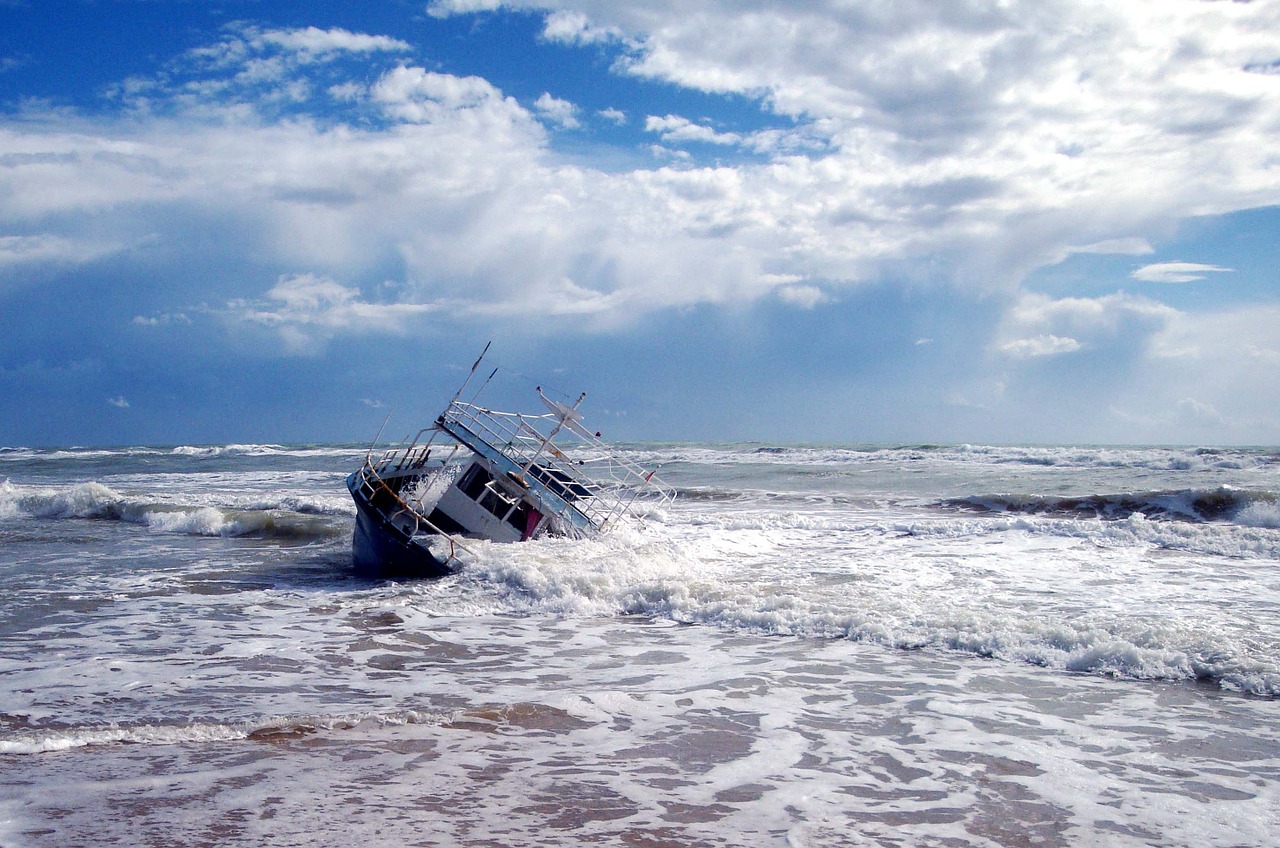The major environmental concern at the moment is the carbon dioxide emitted from various types of transports. This is a greenhouse gas that results in global warming by trapping heat from the earth. This results in a rise in temperature which affects the natural cycles adversely.
Though this trapping of heat keeps the earth warm (which is a necessity for human life survival) excess of heat affects the environment and surroundings adversely. As the amount of carbon dioxide in the environment increases the temperature increases at a faster rate, no equilibrium is maintained, this along with other pollutant gases, waste burns, fossil fuel burns, and variations in the brightness of sun’s rays results in major changes in the climate. Ships also increase global warming as they also emit dangerous gases which affect marine life adversely.
A lot of marine life exists around and about the Coral reefs in the ocean as they shield and protect these creatures. As the temperature rises the ocean water temperatures also rise resulting in coral bleaching. Inordinate changes in temperature cause the corals to emit microscopic symbionts, zooxanthellae, that change their color and eventually, the corals die and algae cover the corals which alter the ecosystem. As the carbon dioxide content in water increases and acidifies water a lot of the marine life and the coral reefs’ growth is repressed thus damaging another major part of our natural resources. The rise in temperatures due to the emission of carbon dioxide and other trace gases by various forms of transport and the subsequent rise in the temperature of the oceans result in the rise in sea level. When the sea level rises the settlements around the coastlines are badly affected.
The rising sea level in the monsoon seasons floods the cities on the coastline destroying houses buildings and lives. The fishing industry is also affected adversely as the acidified waters don’t help fishes and the marine life, therefore, the bloodline of fishermen is severely affected. Global warming due to the emission of toxics results in high tides, floods, and storms it also results in droughts. High temperatures increase evaporation which reduces precipitation thus droughts occur. These droughts can turn highly fertile areas into deserts.
These kinds of conditions also affect the quality of water and the water might turn saltish and undrinkable. The increased temperatures result in heat waves that kill thousands of people. Some toxic plants that grow due to carbon dioxide like poison ivy grow denser than before due to the increased levels of heat and carbon dioxide. Malaria-carrying mosquitoes have increased as never before and these diseases that were never heard of like swine flu have started occurring frequently. When aircrafts land their hot engines also emit gases and if the temperatures increase the evaporation of gases increases which results in the heating of fuel tanks and the vaporization of exhaust fumes. The gas vapors always remain in the engine and as the tanks are refueled with the liquid fuel these vapors are releases.

